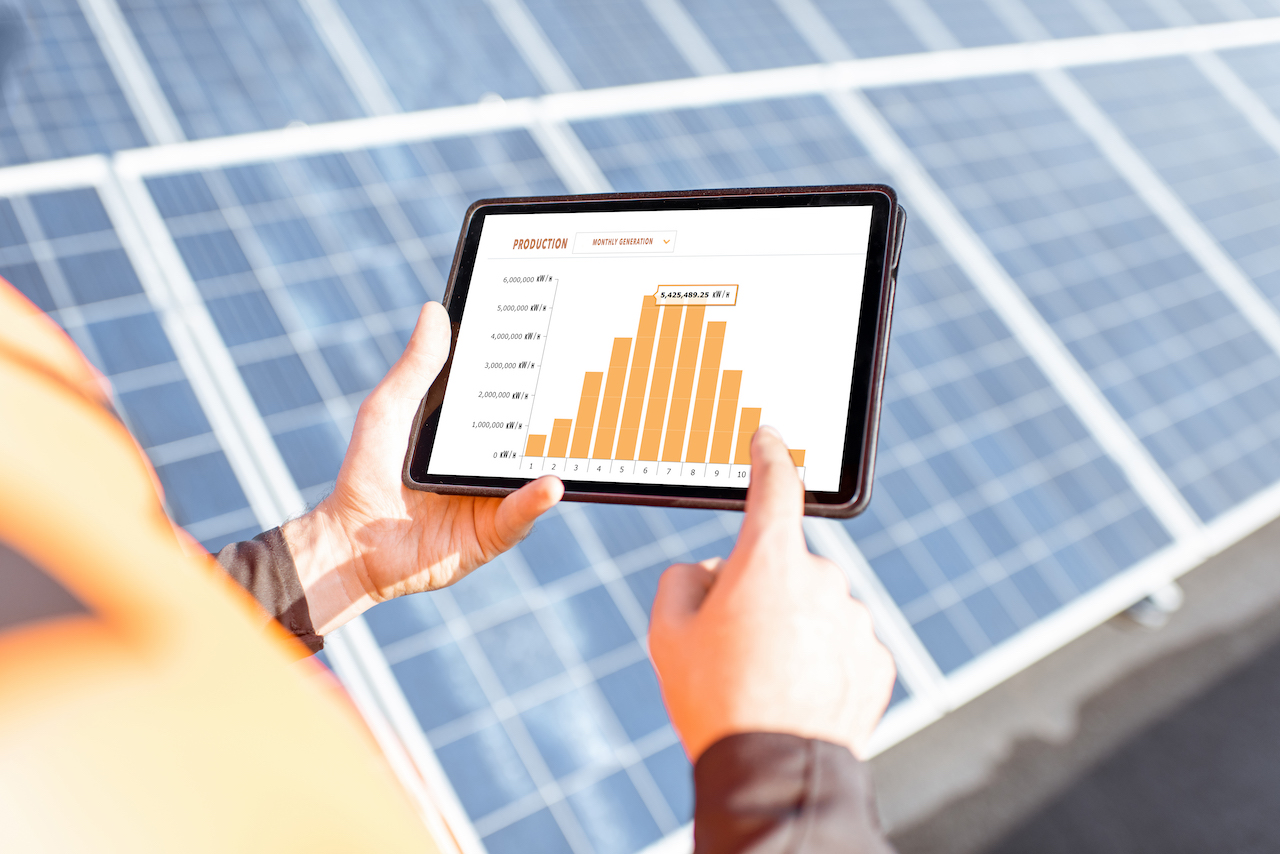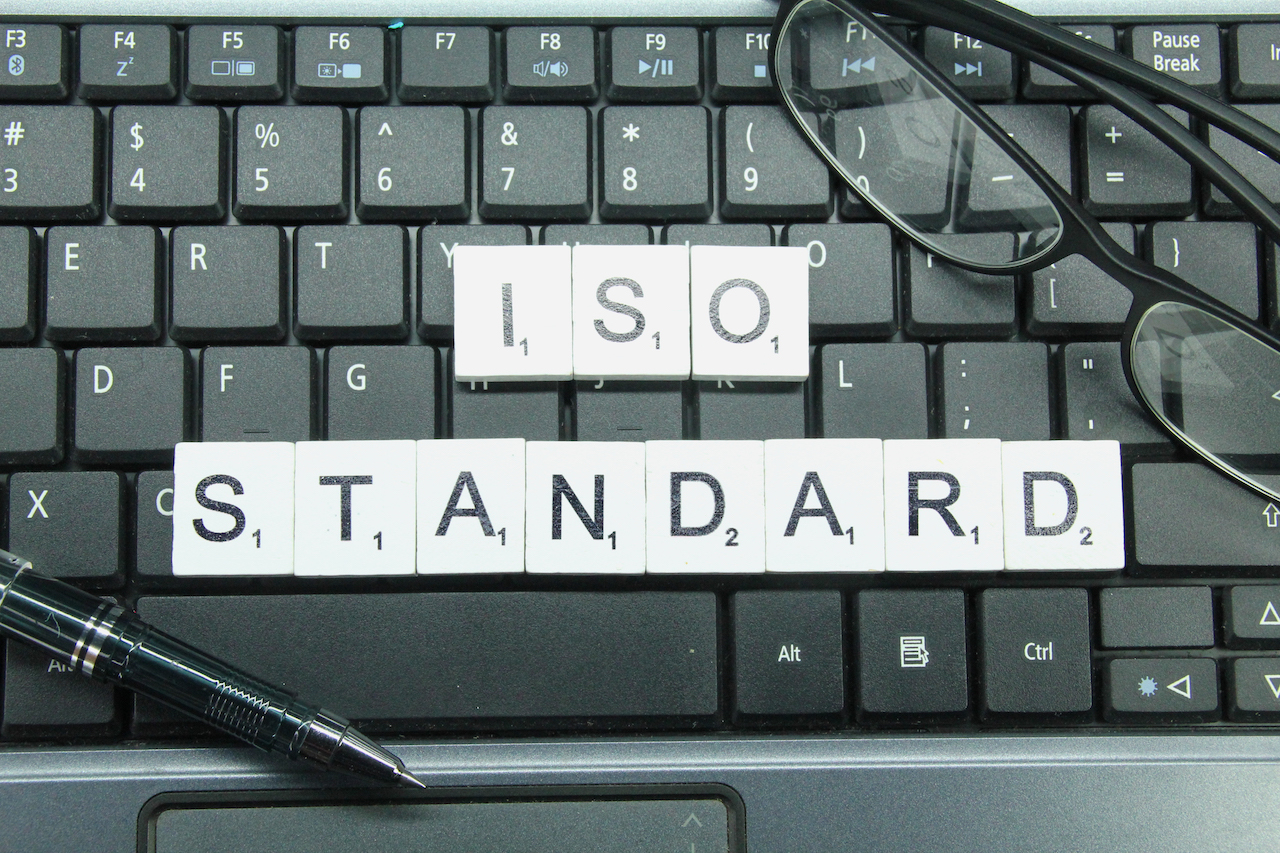With several green energy solutions still in their infancy, there need to be legal obligations for organisations to improve their energy management systems continuously. Since most of them depend on the grid for their power requirements, an ISO 50001 certification helps build trust with the local authorities and prospective clients who wish to avail of eco-friendly services.
Much like you upgrade your computers and smartphones from time to time, your energy management system requires the same attention. For all your efforts, an ISO 50001 certification is bonafide proof that your organisation is on par with the standard requirements. Here’s the short version of the certification process and what benefits you can reap from it.

How To Improve Energy Performance and Reduce Energy Costs With ISO 50001
ISO 50001 is an international standard that denotes an organisation optimising its energy consumption. That is a call for the time as climate change and dwindling conventional energy resources have increased energy prices, especially for those part of the European Union. That is why an ISO 50001 certification is highly lucrative for an organisation of any size or nature.
ISO 50001 requires an organisation to.
- Reduce overall energy consumption in a workplace
- Rely as much on renewable and clean energy sources as possible
- Minimise the possibility of any hazards that may occur as a result of improper energy consumption
- Strive to make their energy management system more efficient continuously
Benefits of ISO 50001 Certification
In addition to becoming more energy efficient and reducing your organisation’s carbon footprint, you can also gain several other advantages from ISO 50001.
- Better management of energy assets, with ease of upgrade or repair for the foreseeable future
- Increased awareness among the employees regarding energy management
- Quicker permit allocation from the local authorities regarding safety, environmental, and health operations
- More convenient integration of eco-friendly energy sources into the organisation’s infrastructure
- Improved supply chain management as fewer obstructions are present throughout the process
- Swift and efficient resource management in the case of a hazardous situation
Course of ISO 50001 Certification Overview
Obtaining an ISO 50001 is a long and detailed process, with several steps as a prerequisite before receiving your certification. Those are detailed in the sections below.

Step 1: Analysing
Inspect the internal and external limitations of your business’s energy infrastructure, determining the key areas that require focus.
Step 2: Planning
Draw up a detailed plan that establishes clear goals about what you want to achieve with your energy management system. This is also the stage where you set the prospect for upgrades as you evaluate the balance between investment costs and returns.
Step 3: Managing Energy Consumption
It is the operational stage of the process. During this stage, you procure and install all the necessary upgrades for your business. Moreover, it is when you imbue the essential training to the staff if required.
Step 4: Monitoring
Once you make the desired changes, it is best to monitor the power consumption and the system’s performance daily. It is also the part where an external organisation evaluates its efforts and determines whether it qualifies for an ISO 50001 rating.
Step 5: Improving
ISO 50001 recommends that the organisation continuously improve its energy systems, as the certificate remains valid only past regular evaluations.
How Can Energy Management and Information Systems Help With ISO 50001 Compliance
Does ISO 50001 compliance require accurate reporting and continuous improvement of the electrical systems throughout an establishment? That is why an energy management and information system proves invaluable for the job. It makes it easier to evaluate the system regularly and conveniently highlights the areas of improvement that would otherwise be hard to detect.



